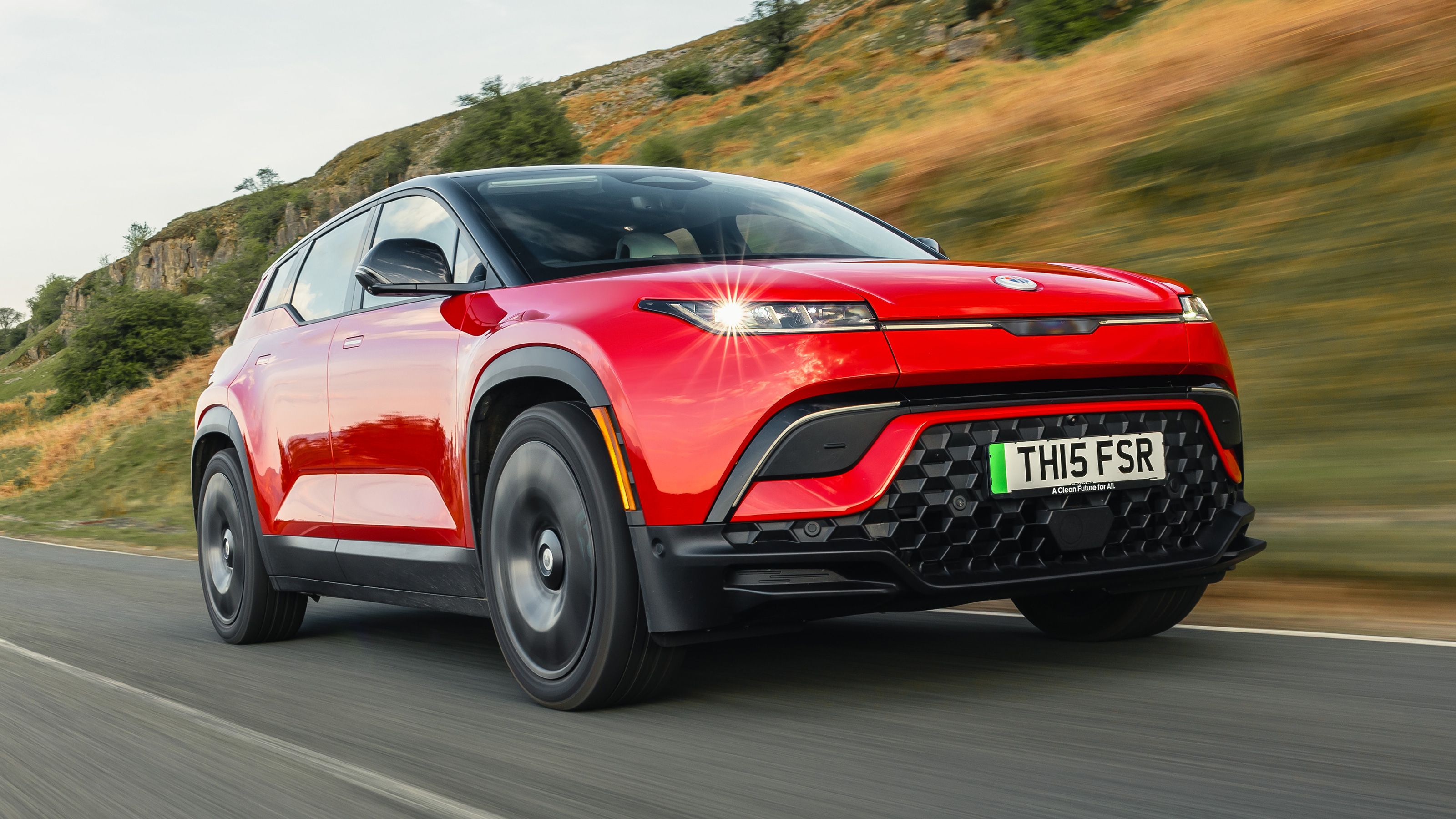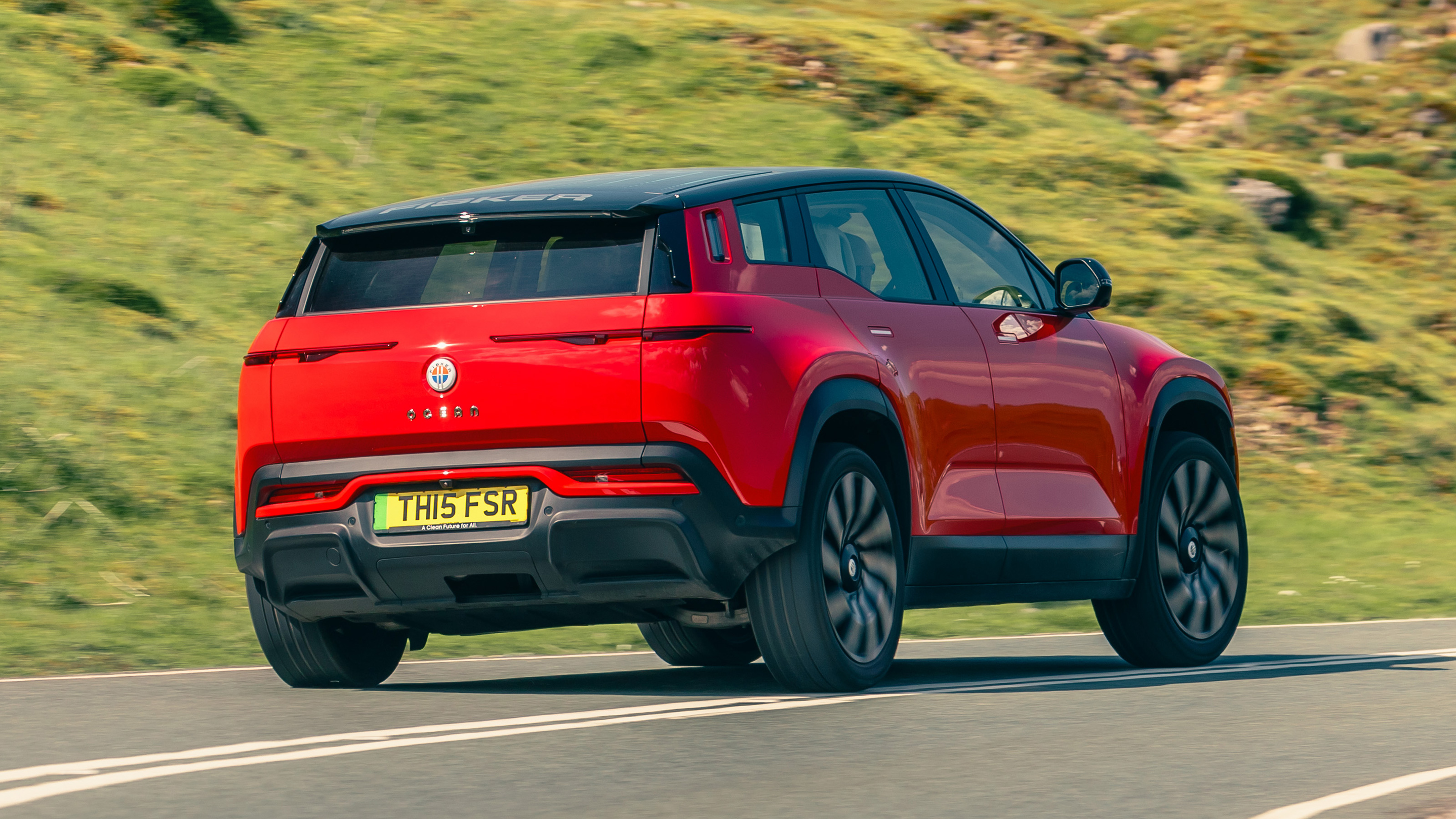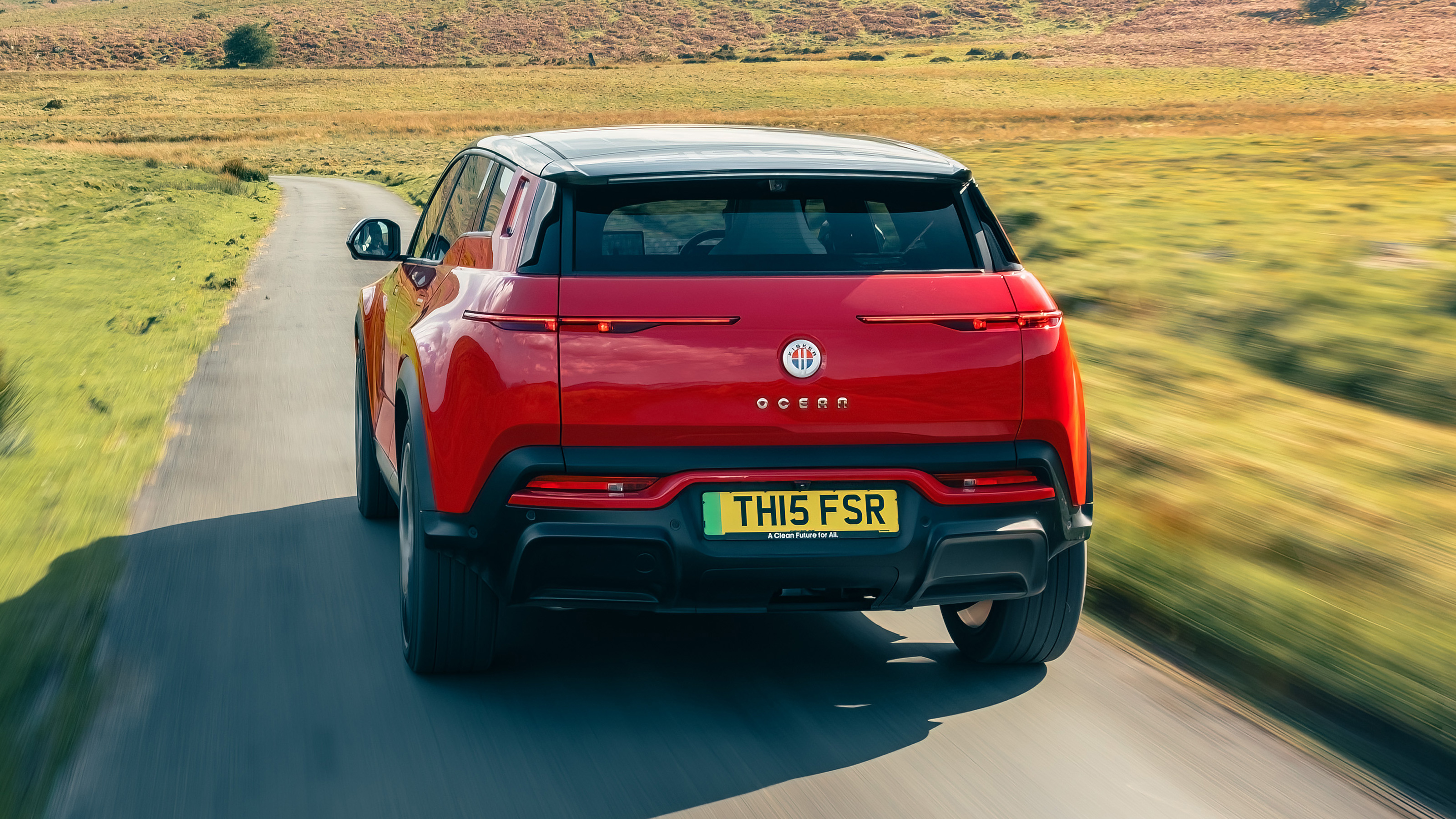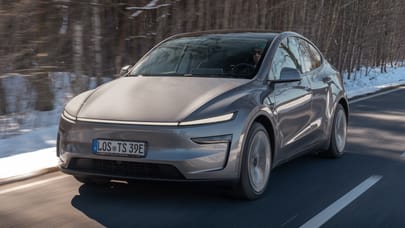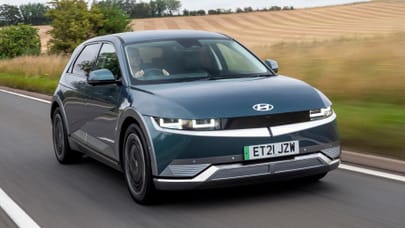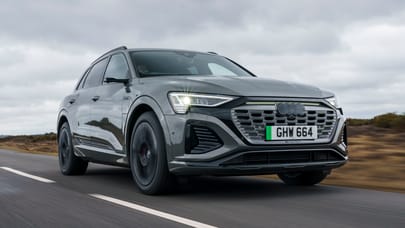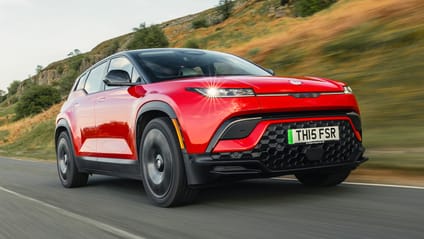
Fisker Ocean review
Good stuff
Current bargain prices, chunkily good looking, lovely seats, massive battery, some fun features
Bad stuff
Fisker is on the brink of bankruptcy
Overview
What is it?
A gamble, right now. Fisker is on a financial knife edge and might not be here next year/month/week. Or it might pull through. It’s a start up with previous experience (remember the Karma?), it’s got a plan and, in this Ocean, a decent car. So the likelihood is that someone will come in and bail them out.
I’m not sure I want the risk.
Fair enough… and there is risk involved. For instance, what happens to aftersales if Fisker folds? It’s a direct sales company with no dealer network. It’s also got a product that depends on over the air (OTA) updates to develop and progress. The V1 software was notoriously glitchy, this is V2 and vastly improved, but still not perfect. Adaptive cruise control doesn’t work yet, and this car refused to change regen brake settings while driving. If Fisker goes, will you be stuck with whatever glitches the car has?
I thought I asked the questions here?
Fair enough. But the answer is yes, you probably will be. Although the next two software updates have been completed and are undergoing final assessment. If you are willing to gamble, you might just be able to bag yourself a complete bargain.
There are three trim levels: Sport, Ultra and Extreme, and prices in the UK ran between £36,900 and £50,900. Which, for the spec they offered, was very competitive. Because the Ocean is a bigger car than you think and has a genuinely enormous battery (113kWh for the top two trims) and perhaps the longest claimed electric range out there: up to 440 miles WLTP.
Rewind a second, you said ‘prices ran’. Why the past tense?
Back in March US prices were slashed to get cars moved and restore cashflow. And we do mean slashed. The base model dropped from $38,999 to $24,999: that’s a drop of 36 per cent. Now the same has happened in the UK, where prices have now been cut by £14,000 from their original levels (the ones above were interim cuts, there may yet be more) across the board. The Sport is currently £30,900 and whatever way you choose to cut it, that is a bargain.
For near-MG4 money you get a cool-looking, 282bhp five-seat family crossover with a 73kWh battery for 288 miles of range, panoramic glass roof, a giant 17-inch central screen, a full suite of driver ‘aids’, LED headlights and much more. It undercuts rivals – chiefly the Tesla Model Y – but also everything from a Hyundai Ioniq 5 to an Audi Q8 e-tron, by not just thousands, but approaching tens of thousands.
I smell a bargain! What does the flagship Extreme version cost now?
£43,900. And that does get you some very cool bits, including a solar roof to help charge the battery, that enormous 113kWh battery, twin motors for 564bhp and 0-60mph in under four seconds, a 575-watt hifi, some tasteful trim choices and California Mode.
What’s California mode?
Oh, you’ll find this very useful in the UK. It’s a button that allows you to simultaneously open the roof and drop all the windows. And we do mean all the windows. Top-spec Oceans have electric opening tailgate glass and rear-quarter lights, or doggie portholes as we like to think of them. OK, it’s a gimmick because we don’t drive around with surfboards poking out of the boot, but it does help to give the Ocean a certain vibe.
What do you mean by that?
This is a handsome, well detailed and attractive car with plenty of thoughtful touches that help lift your spirits. Design-wise it puts us in mind of two cars: Land Rover’s Evoque and Citroen’s C5 Aircross, but unlike them it’s not hamstrung by brand conventions and design languages. It’s a confident, striking shape. Much better looking than a Tesla Model Y.
However, it’s not all sweetness and light. There are some things that shouldn’t have made it past the quality control inspectors, such as the overly chunky steering wheel with its cheap control pads, the horrible door handles, and cheap plastics on the centre console. These jar because the Alcantara trim looks and feels great, the touchscreen works well and is easy to navigate and the ergonomics are sound.
Does it feel well built?
It might be designed in California, but the Ocean is built in Austria by Magna Steyr - the same people that build the G-Class for Mercedes - so they know how to build stuff properly. It feels robust, structurally sound and Fisker is proud of the 50kg of bio-based and recycled materials in each car… although that’s not a whole heap in a car weighing 2,436kg.
564bhp makes mincemeat of that, and the Ocean has the chassis composure to keep up. Even on 22-inch wheels it rides well enough and cruises calmly. We wouldn’t say it’s fun to drive, but it’s fun to be in and around, and that’s as much as you can hope these days.
It sounds ominously like you’re damning it with faint praise?
In a way we are. You can tell it hasn’t had enough R&D time and money lavished on it. The cheap plastics are the most obvious, but you find the same deficiencies in other areas, too. There’s a bit of surface turbulence on rough roads, and occasional pitch and dive; the regen braking is occasionally inconsistent. It’s small background stuff, and to be fair there are plenty of other, much bigger brands who haven’t mastered this. Take BYD for instance. The difference is that BYD will only come back stronger. Fisker may not have that luxury.
Our choice from the range

What's the verdict?
What the Ocean lacks compared to rivals from huge companies is maturity and consistency. You can tell it hasn’t had the same amount of investment put into it. But it does have a bit of spirit, it’s a fun car to spend time in, has more life and zest to it than most rivals. It’s also easier to use than a Tesla Model Y, more luxurious inside and arguably better built too. But it has to wear a ‘buyer beware’ label.
Even before the latest price drop it looked very good value: the space and battery capacity of a BMW iX or Audi Q8 e-tron, but half the price. Or the same money as a Hyundai Ioniq 5 or VW ID.4, but with vastly more range. The latest price cut reflects the risks involved: you’re buying a car from a firm with a very uncertain future, but in order to try to keep itself afloat Fisker is selling off current stock at what must surely be close to cost price. And prices could yet drop further… right now you’ll still be paying more over here than in the US.
All of which makes it difficult to score the Ocean. We’ve chosen to leave the question of future stability and the fact of current price largely to one side and consider it as a product. In many ways it’s better than class competition, well designed and made, and no more glitchy than a fair few others on the market. Go into it with your eyes open, in other words. But we wish Fisker well. The Ocean, like the Karma before it, is convincing, and we’d like to see what Fisker has got planned for the future. However, what matters most is the next few months, and what’s needed most is stability and security.
The Rivals
Trending this week
- Car Review
BMW iX3




